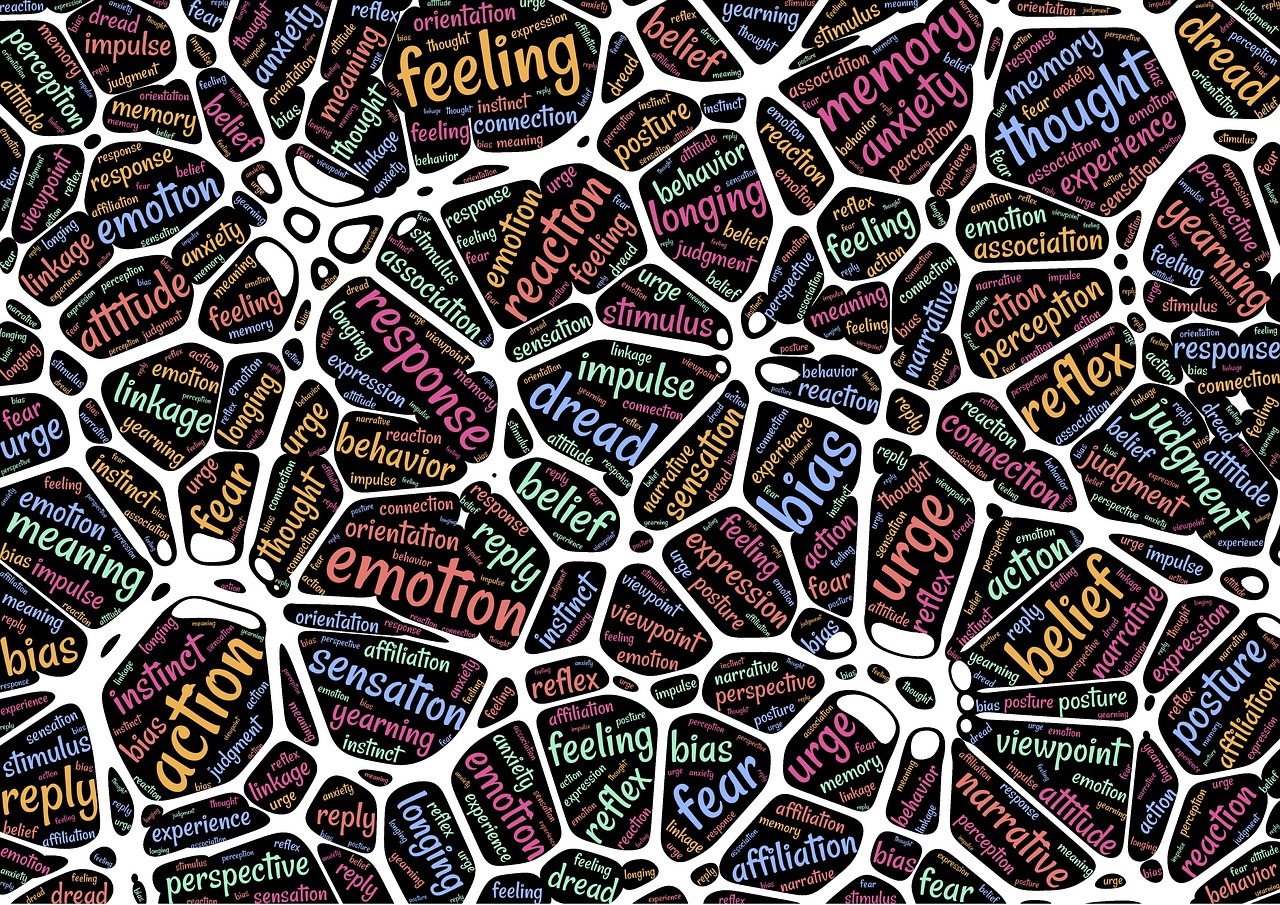Understanding the Female Brain
"The brain constitutes about 3% of your body weight but it uses 20-25% of your body's energy." Robert Sapolsky, Stanford University
~~~~~~~~~~~~~~~~~~~~~~~~~~~~~~~~~~~~~~~~~~~~~~~~~~~~~~~~~~~~~~~~~~~~~~~
Understanding the Female Brain
Recent advances in neuroscience have shown that our brains are "plastic," an ability that makes it possible for us to continually learn from our experiences.
In her highly readable book The Female Brain (2006) Louanne Brizendine, M.D., neuropsychiatrist, describes her research that began as a means for empowering her female patients. Her book describes how the influence of female neurochemistry and hormones can be understood to support women in managing their personal, reproductive and occupational lives in the 21st century.
Dr. Brizendine explains that more than 99 percent of male and female genetic coding is exactly the same, but that the less than one percent variation influences every cell in our body.
While the male brain is larger by about 9 percent, contributing to what led scientists in the 19th century to believe that women had less mental capacity than men, we now know that men and women have the exact same number of brain cells. They are just more densely packed in the female brain. She also reminds us that while there are some important differences in the innate abilities of the sexes, there are no overall differences in IQ between males and females.
A few highlights from The Female Brain related to thinking, emotion and behavior in women:
1. The part of the brain that controls rational cognitive functions such as problem solving and decision making is larger in females (Anterior Cingulate Cortex).
2. The principal hub of memory formation in the brain is larger and more active in females (Hippocampus).
3. The testosterone marination for boys in utero shrinks the brain centres for communication, observation and emotion processing, whereas these centres for little girls are left intact.
4. The part of the brain that is responsible for executive functioning
including governing social control or taming emotions, matures faster in teens girls than boys by one to two years (Prefrontal Cortex).
5. The area of the brain that registers fear and triggers a rapid response to threatening stimuli (Amygdala) is smaller in females.
6. There is a biological reason females need social bonding and intimacy. Estrogen at the onset of puberty and for the rest of a woman's fertile life, increases dopamine and oxytocin in the brain. Dopamine is a neurochemical that stimulates the motivation and pleasure circuits in the brain and oxytocin is a neurohormone that triggers and is triggered by, intimacy. Connection and intimacy create a sense of pleasure and well-being.
According to Dr. Brezendine, differences in the structure of the female brain result in several unique aptitudes for women including verbal agility, the potential to connect deeply with others, a tremendous capacity to read faces and tone of voice for emotions and states of mind, and an instinctive ability to avoid or defuse conflict.
While Dr. Brizendine's depiction of how women's hormonal fluctations can result in unpredictable behavior and emotional volatility may seem like it supports sexual stereotyping, she proposes that not understanding the effects of hormonal cycles often leads to women blaming themselves. The book does not deny the influence of environment and culture, but rather emphasizes the persistent and real effects of biology throughout all stages of a woman's life.
Take good care,
Kathleen

